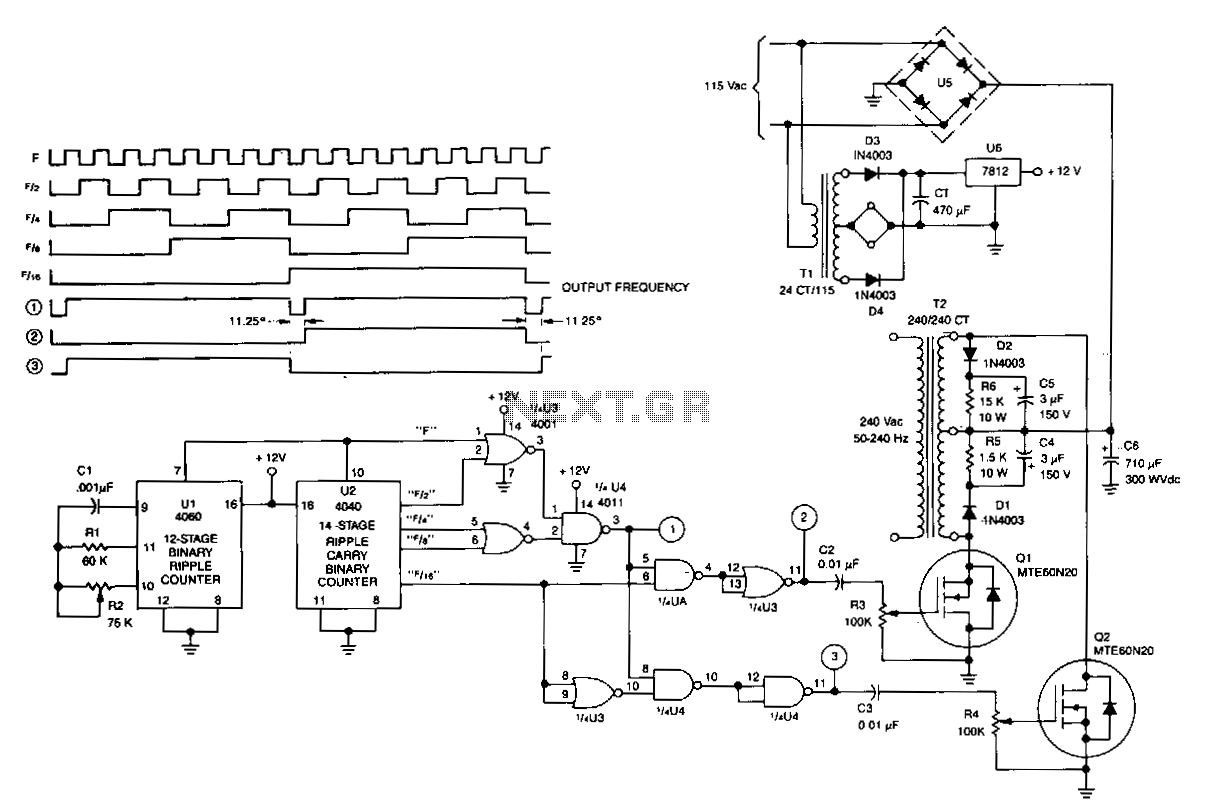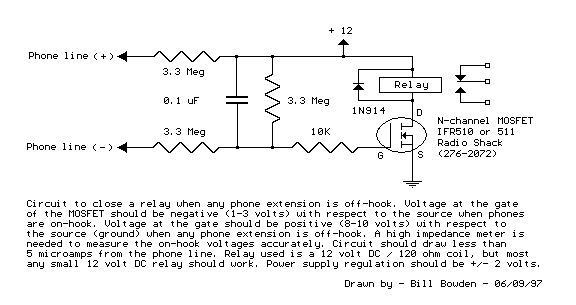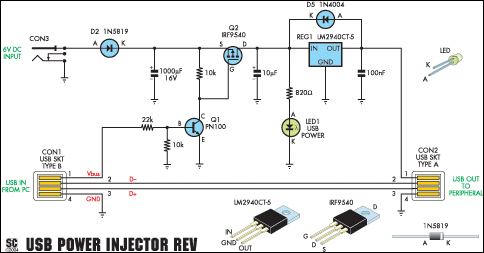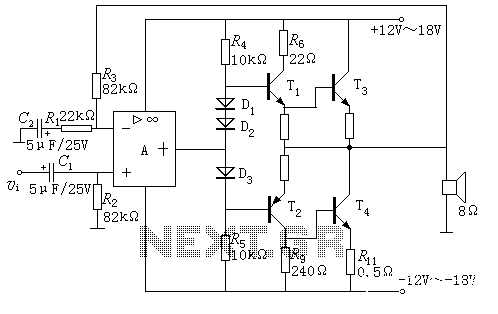
Teardown: The nuances of variable-frequency drives
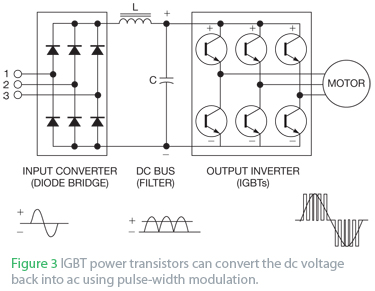
An AC drive controls AC induction motors and, similar to its DC counterparts, regulates speed, torque, and horsepower. A DC drive typically manages a shunt-wound DC motor, which features separate armature and field circuits. This teardown of the Schneider Electric Altivar 12 variable-frequency drive outlines the key features that characterize these drives. Rotating equipment, such as fans, blowers, compressors, and pumps, consumes over one-third of the total electrical energy generated in the United States. This equipment may utilize variable-speed-drive technology, which allows motor speed to adjust according to load requirements, resulting in enhanced productivity and reduced energy consumption. For instance, reducing fan or pump speed by 15 to 20% can lead to a decrease in shaft power of up to 30%. Properly implemented variable-frequency drives are cost-effective, reliable, and versatile, offering significant savings through lower electricity bills. Electronic variable-frequency drives adjust the voltage and frequency supplied to induction motors using pulse-width modulation. These drives employ insulated-gate bipolar transistors (IGBTs) to convert fixed-frequency AC supply voltage into a variable-frequency, variable-voltage AC supply for the motor, enabling speed regulation of an induction motor from approximately 10 to 200%, with wider ranges possible. The drives also adjust the output voltage in proportion to the output frequency to maintain a relatively constant voltage-to-frequency ratio, ensuring adequate torque production. The Altivar 12 manual advises removing the vent covers for IP (ingress protection) Type B and C mounting when IP20 protection is sufficient, while these covers should remain on the housing in Type A mounting. ANSI/IEC 60529-2004 specifies the degrees of protection provided by enclosures, classifying the levels of protection for operators against access to hazardous parts and safeguarding equipment from the ingress of solid foreign objects and water. Type A mounting provides more than 50 mm (1.97 in.) of free space on each side with vent covers in place, while Type B mounting allows for side-by-side-mounted drives with vent covers removed. Type C mounting is similar to Type A but also has removed vent covers. The initial step in the process involves converting AC supply voltage into DC using a rectifier circuit. The resulting DC power contains voltage ripples, which are smoothed by filter capacitors. This DC voltage is then converted back into AC, typically through pulse-width modulation. The output voltage is switched on and off at a high frequency, with the duration of the on-time, or pulse width, controlled to approximate a sinusoidal waveform. The Altivar 12 series incorporates the Infineon FP30R06W1E3 IGBT module and features a well-designed heat sink assembly. The Infineon IGBT module utilizes an Al2O3 substrate, providing low thermal resistance that is crucial for the reliability and long-term performance of the system. In addition to the input converter's diode bridge and the output inverter with IGBTs, this Infineon module includes an onboard NTC (negative-temperature-coefficient) thermistor for monitoring the heat sink temperature and an Easy PIM (personal-information-manager) module. The integrated three-phase gate driver for the IGBT assembly is the Infineon 6ED003L06-F, which employs thin-film silicon-on-insulator technology, rendering the six-IGBT-bridge output insensitive to negative transient voltages as high as -50V. Motor-drive applications necessitate galvanic isolation for the IGBTs' gate drive in bridge inverters and for motor phase current sensing. In this design, the SOI substrate is fully isolated from the remainder of the circuit.
The Schneider Electric Altivar 12 variable-frequency drive is a sophisticated piece of equipment designed to enhance the efficiency and control of AC induction motors. This drive exemplifies the application of advanced electronic components and design principles to achieve optimal performance in industrial settings. The use of pulse-width modulation allows the drive to finely tune the motor's operational characteristics, providing a level of control that is essential for applications requiring variable speed and torque management.
In terms of circuitry, the Altivar 12 begins with a rectification stage where the incoming AC voltage is converted to DC. This process involves a diode bridge that rectifies the AC waveform. The resultant DC voltage, characterized by ripples, is then smoothed out by filter capacitors to ensure a stable power supply for the subsequent stages. The next phase involves the inversion of this DC voltage back into AC using pulse-width modulation techniques. This method enables the drive to produce a variable output frequency and voltage, which is critical for the precise control of motor speed.
The IGBT module plays a pivotal role in the drive's operation. The Infineon FP30R06W1E3 module is specifically designed for high efficiency and low thermal resistance, which is essential for maintaining optimal operating conditions. The integration of a thermistor for temperature monitoring further enhances the reliability of the system by providing real-time feedback on the heat sink's performance. This feedback mechanism is crucial in preventing overheating, which can lead to component failure.
Moreover, the drive's design adheres to established protection standards as outlined in ANSI/IEC 60529-2004, ensuring that both the equipment and operators are safeguarded against potential hazards. The various mounting types (A, B, and C) provide flexibility in installation while maintaining the necessary ingress protection levels.
Overall, the Schneider Electric Altivar 12 variable-frequency drive represents a significant advancement in motor control technology, offering a blend of efficiency, reliability, and flexibility that is essential for modern industrial applications.An ac drive controls ac induction motors and, like its dc counterparts, controls speed, torque, and horsepower. A dc drive typically controls a shunt-wound dc motor, which has separate armature and field circuits.
This teardown of the Schneider Electric Altivar 12 variable-frequency drive details the key features that define these drives. Rotating equipment, including fans, blowers, compressors, and pumps, consumes more than one-third the total electrical energy generated in the United States. This equipment may use variable-speed-drive technology, in which motor speed adjusts to meet the load requirements, yielding an advantage in both improved productivity and reduced energy consumption.
For example, lowering fan or pump speed by 15 to 20% enables a decrease in shaft power of as much as 30%. Properly applied variable-frequency drives are affordable, reliable, and flexible, and they offer a significant amount of savings through reduced electric bills.
Electronic variable-frequency drives vary the voltage and frequency to induction motors using pulse-width modulation. The drives use insulated-gate bipolar transistors to convert the fixed-frequency ac supply voltage to a variable-frequency, variable-voltage ac supply to the motor and can regulate the speed of an induction motor from approximately 10 to 200%; wider ranges are possible.
The drives also regulate the output voltage in proportion to the output frequency to provide a relatively constant ratio of voltage to frequency to produce adequate torque. The Altivar 12 manual recommends that you remove the vent covers for IP (ingress protection) Type B and C mounting when IP20 protection is adequate but that you leave them on the housing in Type A mounting (Figure 1).
ANSI/IEC 60529-2004 describes the degrees of protection provided by enclosures. It is a system for classifying the degrees of protection for operators against access to hazardous parts and protection of equipment against the ingress of solid foreign objects and water. Type A mounting allows for free space of more than 50 mm (1. 97 in. ) on each side, with vent covers in place. Type B mounting allows for side-by-side-mounted drives with removed vent covers ( Reference 1 ). Type C mounting matches that of Type A but with removed vent covers. The first step is to convert the ac-supply voltage into dc using a rectifier circuit. The dc power contains voltage ripples, which filter capacitors smooth (Figure 2). This dc voltage then converts back into ac, typically using pulse-width modulation (Figure 3). The output voltage turns on and off at a high frequency, with the duration of on-time, or pulse width, controlled to approximate a sinusoidal waveform.
The Altivar 12 series uses the Infineon FP30R06W1E3 IGBT module and has a well-designed heat-sink assembly. The Infineon IGBT module uses an Al2O3 substrate, which gives the case a low thermal resistance that is critical to the reliability and long-term performance of the system.
Aside from the input converter`s diode bridge and output inverter with IGBTs, this Infineon module also has an NTC (negative-temperature-coefficient) thermistor onboard for temperature monitoring of the heat sink and an Easy PIM (personal-information-manager) module (figures 4, 5, and 6). The integrated three-phase gate driver for the IGBT assembly is the Infineon 6ED003L06-F, which features a thin-film silicon-on-insulator technology that makes the six-IGBT-bridge output insensitive to negative transient voltages as high as ’50V (Figure 7).
Motor-drive applications require galvanic isolation for the IGBTs` gate drive for bridge inverters and for motorphase current sensing. In this case, the SOI substrate is fully isolated from the rest of the circuit. The high-voltage p 🔗 External reference
The Schneider Electric Altivar 12 variable-frequency drive is a sophisticated piece of equipment designed to enhance the efficiency and control of AC induction motors. This drive exemplifies the application of advanced electronic components and design principles to achieve optimal performance in industrial settings. The use of pulse-width modulation allows the drive to finely tune the motor's operational characteristics, providing a level of control that is essential for applications requiring variable speed and torque management.
In terms of circuitry, the Altivar 12 begins with a rectification stage where the incoming AC voltage is converted to DC. This process involves a diode bridge that rectifies the AC waveform. The resultant DC voltage, characterized by ripples, is then smoothed out by filter capacitors to ensure a stable power supply for the subsequent stages. The next phase involves the inversion of this DC voltage back into AC using pulse-width modulation techniques. This method enables the drive to produce a variable output frequency and voltage, which is critical for the precise control of motor speed.
The IGBT module plays a pivotal role in the drive's operation. The Infineon FP30R06W1E3 module is specifically designed for high efficiency and low thermal resistance, which is essential for maintaining optimal operating conditions. The integration of a thermistor for temperature monitoring further enhances the reliability of the system by providing real-time feedback on the heat sink's performance. This feedback mechanism is crucial in preventing overheating, which can lead to component failure.
Moreover, the drive's design adheres to established protection standards as outlined in ANSI/IEC 60529-2004, ensuring that both the equipment and operators are safeguarded against potential hazards. The various mounting types (A, B, and C) provide flexibility in installation while maintaining the necessary ingress protection levels.
Overall, the Schneider Electric Altivar 12 variable-frequency drive represents a significant advancement in motor control technology, offering a blend of efficiency, reliability, and flexibility that is essential for modern industrial applications.An ac drive controls ac induction motors and, like its dc counterparts, controls speed, torque, and horsepower. A dc drive typically controls a shunt-wound dc motor, which has separate armature and field circuits.
This teardown of the Schneider Electric Altivar 12 variable-frequency drive details the key features that define these drives. Rotating equipment, including fans, blowers, compressors, and pumps, consumes more than one-third the total electrical energy generated in the United States. This equipment may use variable-speed-drive technology, in which motor speed adjusts to meet the load requirements, yielding an advantage in both improved productivity and reduced energy consumption.
For example, lowering fan or pump speed by 15 to 20% enables a decrease in shaft power of as much as 30%. Properly applied variable-frequency drives are affordable, reliable, and flexible, and they offer a significant amount of savings through reduced electric bills.
Electronic variable-frequency drives vary the voltage and frequency to induction motors using pulse-width modulation. The drives use insulated-gate bipolar transistors to convert the fixed-frequency ac supply voltage to a variable-frequency, variable-voltage ac supply to the motor and can regulate the speed of an induction motor from approximately 10 to 200%; wider ranges are possible.
The drives also regulate the output voltage in proportion to the output frequency to provide a relatively constant ratio of voltage to frequency to produce adequate torque. The Altivar 12 manual recommends that you remove the vent covers for IP (ingress protection) Type B and C mounting when IP20 protection is adequate but that you leave them on the housing in Type A mounting (Figure 1).
ANSI/IEC 60529-2004 describes the degrees of protection provided by enclosures. It is a system for classifying the degrees of protection for operators against access to hazardous parts and protection of equipment against the ingress of solid foreign objects and water. Type A mounting allows for free space of more than 50 mm (1. 97 in. ) on each side, with vent covers in place. Type B mounting allows for side-by-side-mounted drives with removed vent covers ( Reference 1 ). Type C mounting matches that of Type A but with removed vent covers. The first step is to convert the ac-supply voltage into dc using a rectifier circuit. The dc power contains voltage ripples, which filter capacitors smooth (Figure 2). This dc voltage then converts back into ac, typically using pulse-width modulation (Figure 3). The output voltage turns on and off at a high frequency, with the duration of on-time, or pulse width, controlled to approximate a sinusoidal waveform.
The Altivar 12 series uses the Infineon FP30R06W1E3 IGBT module and has a well-designed heat-sink assembly. The Infineon IGBT module uses an Al2O3 substrate, which gives the case a low thermal resistance that is critical to the reliability and long-term performance of the system.
Aside from the input converter`s diode bridge and output inverter with IGBTs, this Infineon module also has an NTC (negative-temperature-coefficient) thermistor onboard for temperature monitoring of the heat sink and an Easy PIM (personal-information-manager) module (figures 4, 5, and 6). The integrated three-phase gate driver for the IGBT assembly is the Infineon 6ED003L06-F, which features a thin-film silicon-on-insulator technology that makes the six-IGBT-bridge output insensitive to negative transient voltages as high as ’50V (Figure 7).
Motor-drive applications require galvanic isolation for the IGBTs` gate drive for bridge inverters and for motorphase current sensing. In this case, the SOI substrate is fully isolated from the rest of the circuit. The high-voltage p 🔗 External reference

